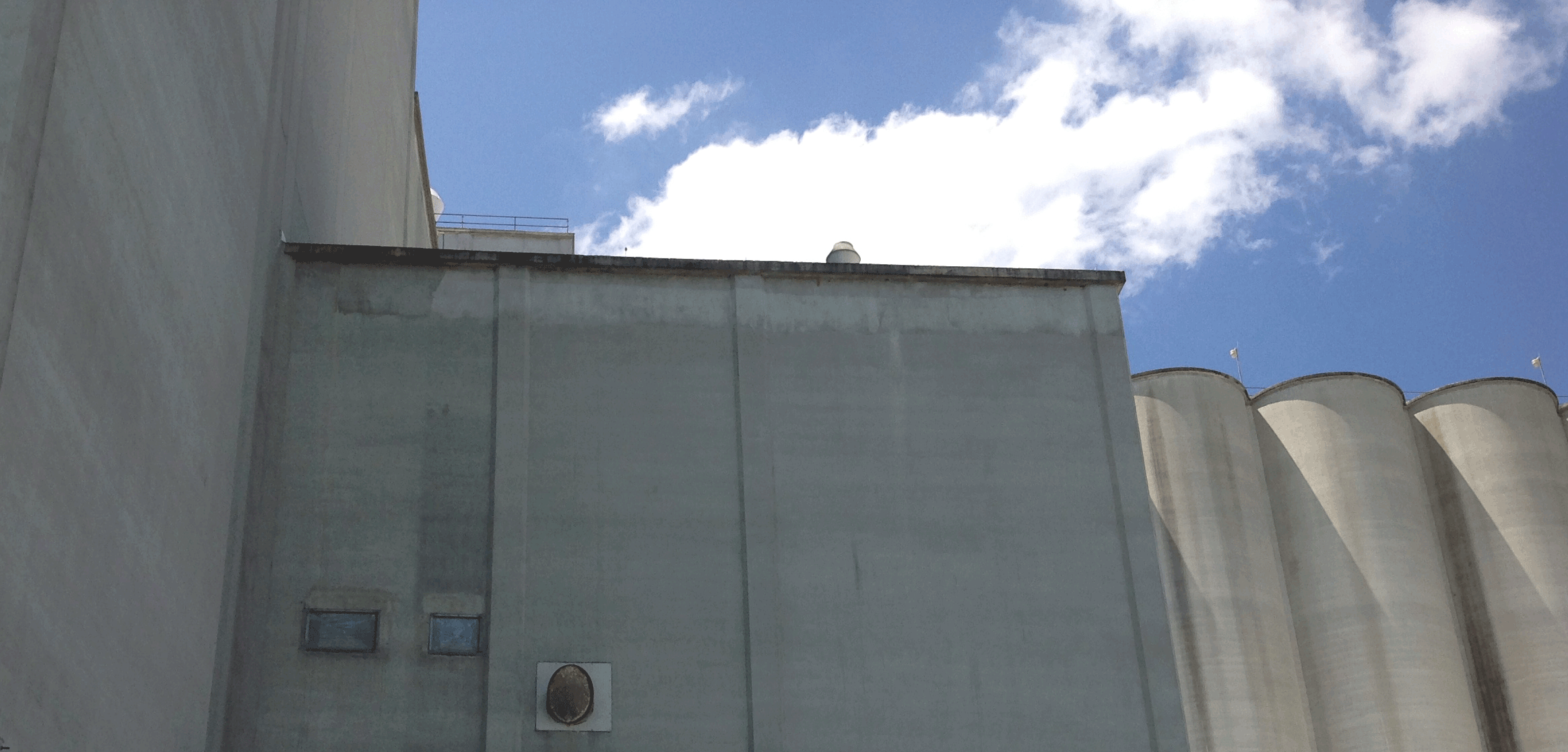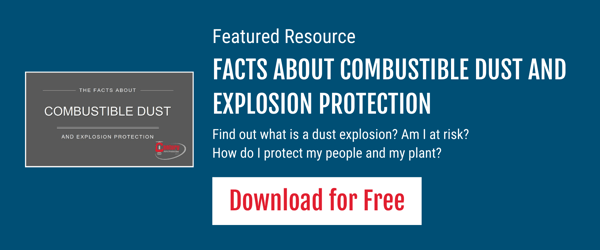How Is Dust Explosive?
You may know dust is explosive, but how is that really possible? When you try to start a campfire, do you try to light the end of a large log? Of course not! You gather up starter materials like brush and sticks or peel off some splinters to make kindling. The same principle applies to dust explosions. Materials that you might not think of as combustible are much more likely to be explosive when they are broken down into very small particles (dust).
The Danger Zone: Where is Combustible Dust found and who is at risk of a Combustible Dust Explosion?
If your operation involves handling, conveying, dividing, crushing, drying, compacting, grinding, pulverizing, sanding and/or sawing of materials, you are at the highest risk. This risk is there whether you’re producing particles for use in products or they are simply a by-product of the manufacturing process.
A 2008 study by FM Global found that more than half of all explosions happened in plants with dust collectors, followed by impact equipment, then silos and bins. DOWNLOAD FACTS ABOUT COMBUSITBLE DUST
Is My Dust the Explosive Type?
Pretty much any natural or synthetic material, even some metals, can become a combustible hazard when they're present in very small particles. OSHA's Combustible Dust Poster is a good place to start for referencing materials that have the potential to cause a dust explosion.
If your dust is listed on the Combustible Dust Poster, then it has the potential to cause a dust explosion. You should consider Combustible Dust Testing, which will give you a base line value (kst) of the explosibility of your dust. If the test yields a result that indicates you have a dust with a high kst, further analysis will be required. Just note that this doesn’t always mean you have the proper environment or conditions that would put you at risk of a dust explosion.
How Do I Protect My Plant and People from Dust Explosions?
So, your dust is explosive. How do you protect your people, plant and equipment from explosions? There are two methods of protection: Mitigation and Prevention.
-
Mitigation is about limiting damage. If an explosion happens, engineered measures kick in to reduce injury and damage. Explosion mitigation techniques include things like venting, inerting, containment and dilution.
-
Prevention eliminates the potential for an explosion all together. Isolation, both chemical and mechanical, and suppression are explosion prevention techniques commonly used in plants.
Which Method Should I Use to Protect from Dust Explosions?
The protection method you use is determined by your dust, facility and hazard. The first step to finding out which protection is best suited for your hazard is by scheduling a Hazard Analysis. Dust testing results and a thorough review of your facility and your process equipment will determine which protection method to utilize based on your facility, the hazard, current NFPA code and your project budget and goals. In general, the following factors determine the type of protection to use based on your dust, facility and hazard.
- Kst (explosibility of your dust)
- The type of vessel/equipment (size and shape)
- Pressure (normal operating, maximum)
- Pred (the rate at which pressure can be reduced)
Don't guess—schedule a Hazard Analysis to nail down what you need for Combustible Dust Protection. Hit the link to get started: SCHEDULE HERE


